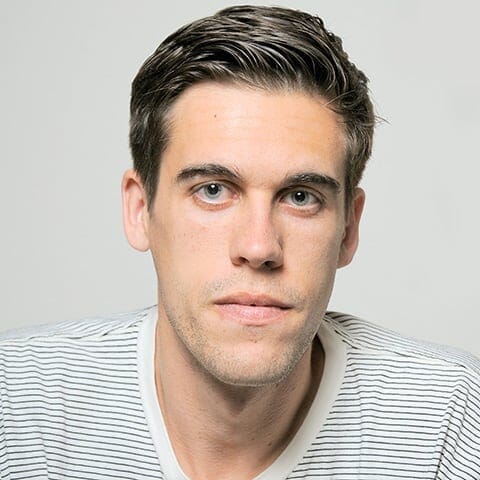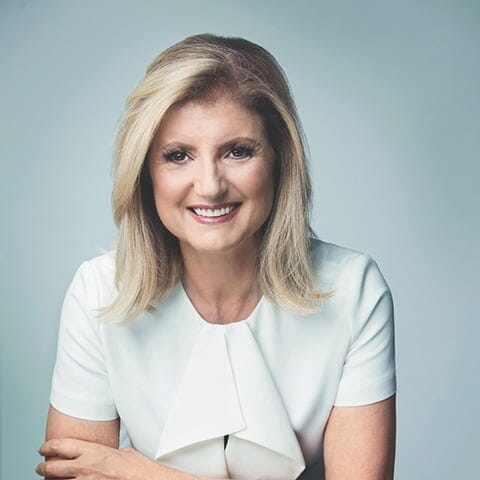 author
authorDiscover the Best Books Written by Deborah Blum
The Blum girls – known as the four D’s (Deborah, Darcy, Dawn, and Dana), grew up in Baton Rouge, Louisiana. They kept snakes as pets, grew tadpoles into frogs, collected butterflies, and waded in neighborhood swamps where they lived in fear of crayfish climbing into their boots. They wrote for a home newspaper published by their mother: “Can you write about something besides the way crayfish pinch?” They followed their parents worldwide on bug-hunting adventures: Costa Rica (“Drop that wasp right now!) In Puerto Rico, England, and Canada, Deborah spent her afternoons working for her father by flying helium-filled balloons that carried chemicals designed to attract male bees. “Stop threatening to write stories about child slave labor.”
Despite this, she decided to become a scientist herself and, in 1972, started college at Florida State University with a proposed chemistry major. She loved it – she still thinks chemistry is the most astonishingly beautiful science – but she did discover that a laboratory is no place for the absent-minded klutz. She decided to change majors the day she set her braid on fire in a Bunsen burner: “Do you smell smoke?” asked her lab instructor. She transferred to the University of Georgia and graduated in 1976 with a major in journalism and a double minor in political science and anthropology.
She worked for three newspapers – The Times in Gainesville, Ga., The Macon (Ga.) Telegraph, and the St. Petersburg Times in Florida covering police and fires, courts, city government, and education. In Florida, she had one of those epiphany moments – she’d learned to love journalism, but she wanted to write about science, how it worked, and what made it fascinating. She quit her job and went to graduate school at the University of Wisconsin-Madison, studying science writing in the journalism school’s specialized reporting program. Her advisor, Clay Schoenfeld, urged her to study the history of science – “You can’t really understand what you write about if you don’t know its history.”
After graduating, Blum went to work as a science writer for McClatchy Newspapers in California, starting with The Fresno Bee and moving to The Sacramento Bee in 1984. She worked in Sacramento for 13 years, going to Alaska to cover glaciers, Hawaii to observe volcanoes, Pasadena to write about the triumphant arrival of Voyager 2 at Uranus, and Houston to report on the tragic explosion of the space shuttle Challenger. She wrote about global climate change, ozone depletion, nuclear weapons design, and government secrecy, about the biology of behavior. But her most influential work was a series on ethical issues in primate research called The Monkey Wars, which won the 1992 Pulitzer Prize for beat reporting. “The one thing you already know,” she and other winners were told at the ceremony, “is the first line of your obit.”
The series became the starting point for a book called The Monkey Wars, published by Oxford University Press in 1994. By then, she’d learned to value how a book allows a writer to delve deeper into complicated questions. She started work on a second book, an exploration of gender differences, called Sex on the Brain, published by Viking in 1997. That same year, she returned to the University of Wisconsin as a journalism professor. At her newspaper goodbye party, her editors said they couldn’t believe how many stories about “insects, chickens, and monkeys” she’d gotten into the newspaper.
She was a professor of journalism at UW-Madison for 18 years, eventually becoming the Helen Firstbrook Franklin Professor of Journalism., While there, she wrote for The New York Times, The Wall Street Journal, The Los Angeles Times, Slate, Time, Scientific American, Nature, and New Scientist, among other publications. She served as co-editor of a widely used guide to science journalism, A Field Guide for Science Writers, published by Oxford University Press in 1997 and 2006.
She was also guest editor of the 2014 edition of Best American Science and Nature Writing (Houghton Mifflin). And maybe it was something about returning to the place where she had spent so many hours studying the history of science, but Blum began working on books that used historical moments to explore how science works. As a book reviewer noted in the Los Angeles Times, although her subjects may change, her writing focuses consistently on the often-tempestuous intersection between science and society.
The first book, Love at Goon Park; Harry Harlow and the Science of Affection, was published by Perseus Books in 2002 and was a finalist for the Los Angeles Times Book Prize. The book is both the biography of a complex and driven psychologist – Harry F. Harlow – and the biography of an intellectual idea, the idea that love matters actually. Her next, Ghost Hunters: William James and the Search for Scientific Proof of Life After Death, published in 2006, looked at a band of brilliant 19th-century scientists who were willing to risk their careers to investigate the idea that the dead can communicate with the living.
Best author’s book



Written books
1



















